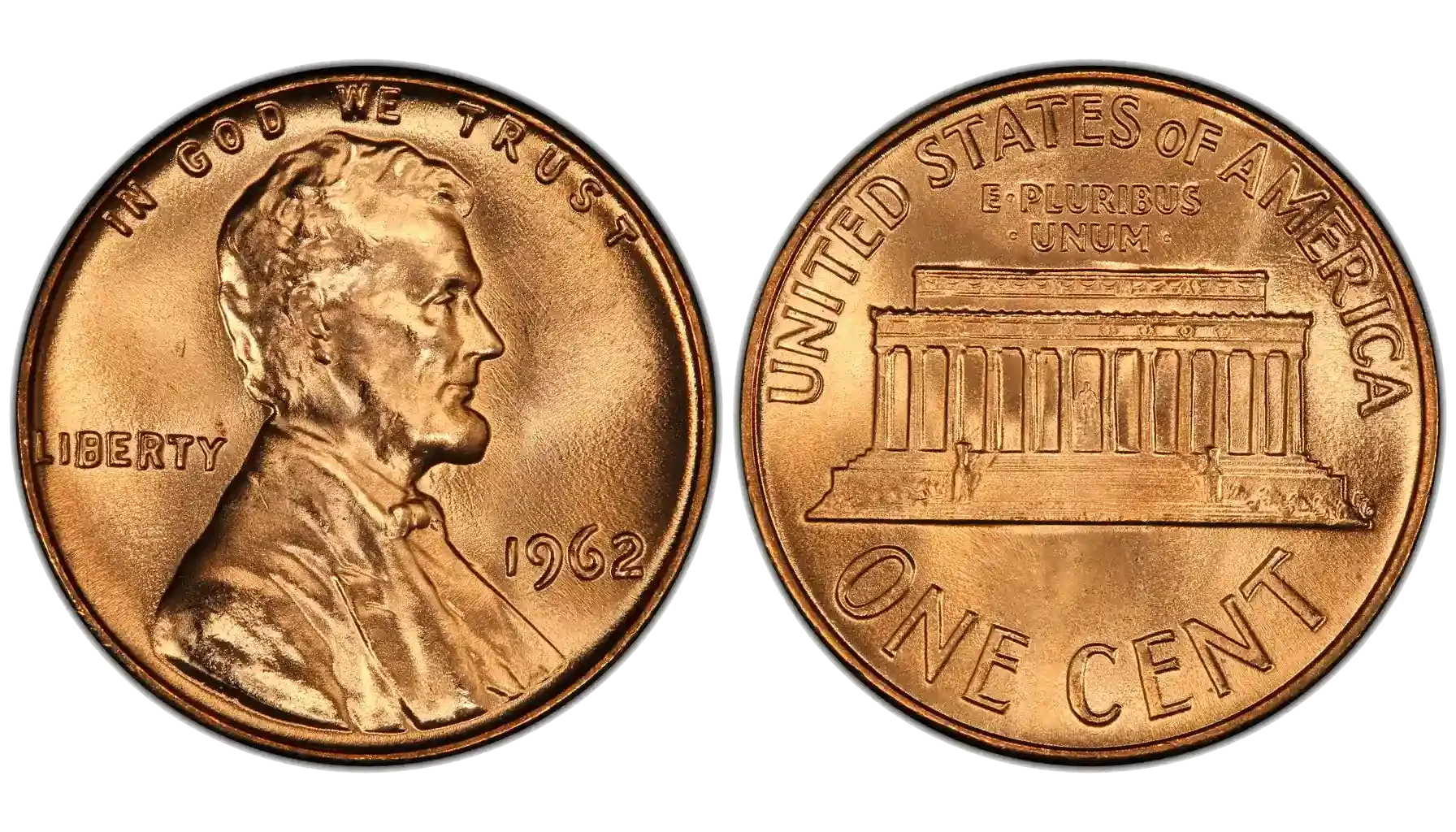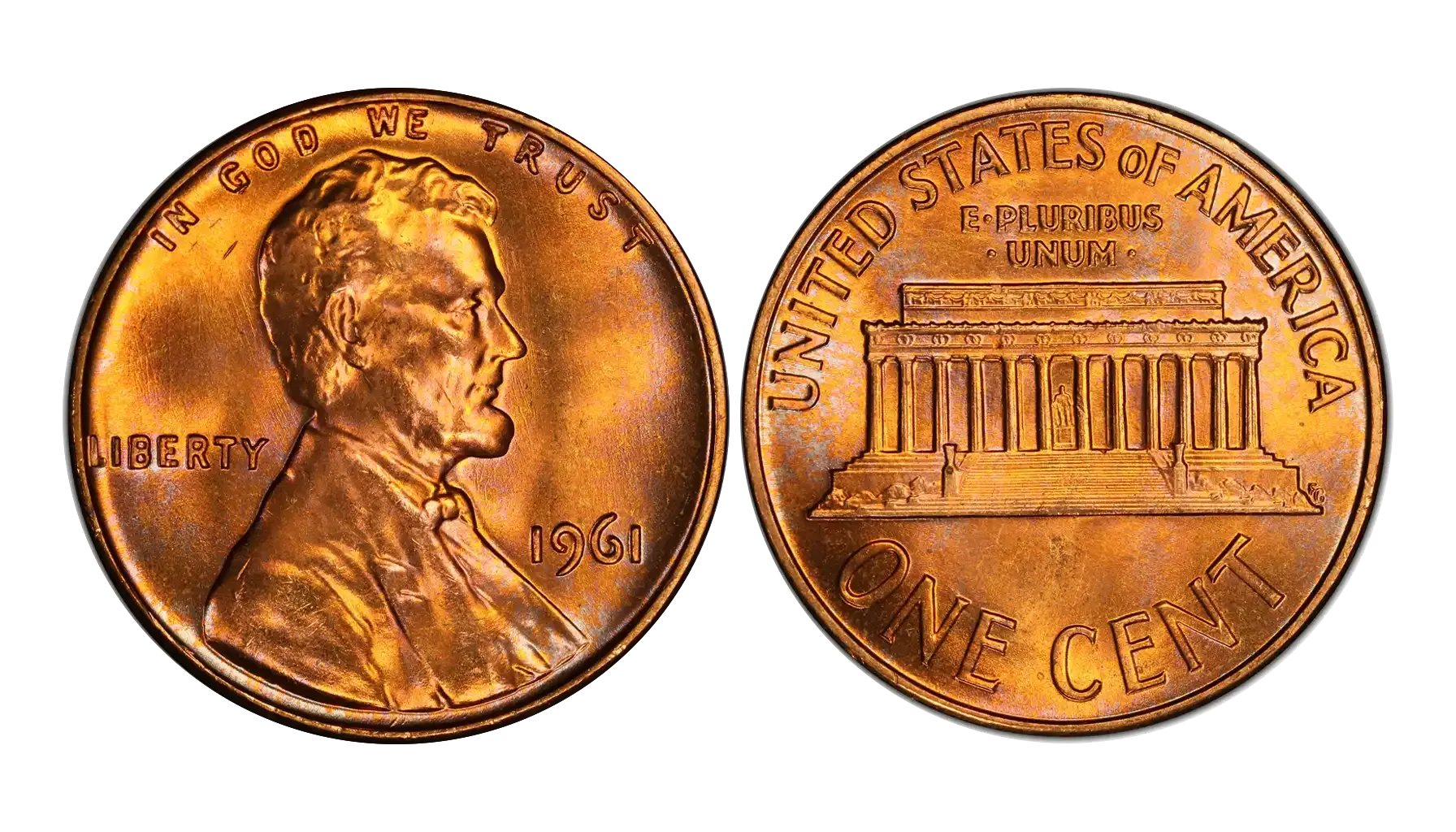Contents:
When we think of collectible coins, images of vintage or rare specimens come to mind, but the 1967 US dime often remains in the shadow of its more famous, valuable, and flashy “brethren”.
At first glance, the 1967 dime is an ordinary piece of change that can be found in any wallet. But look closer to learn the coin's history, a few unique features, and a glimpse of its potential to see if a 1967 dime is worth anything.
As you would guess, it is not that simple. But what makes 1967 special for American dimes? What features identify this coin as unique? Why do they lack the usual mint marks, and is the 1967 dime no mint mark value high?
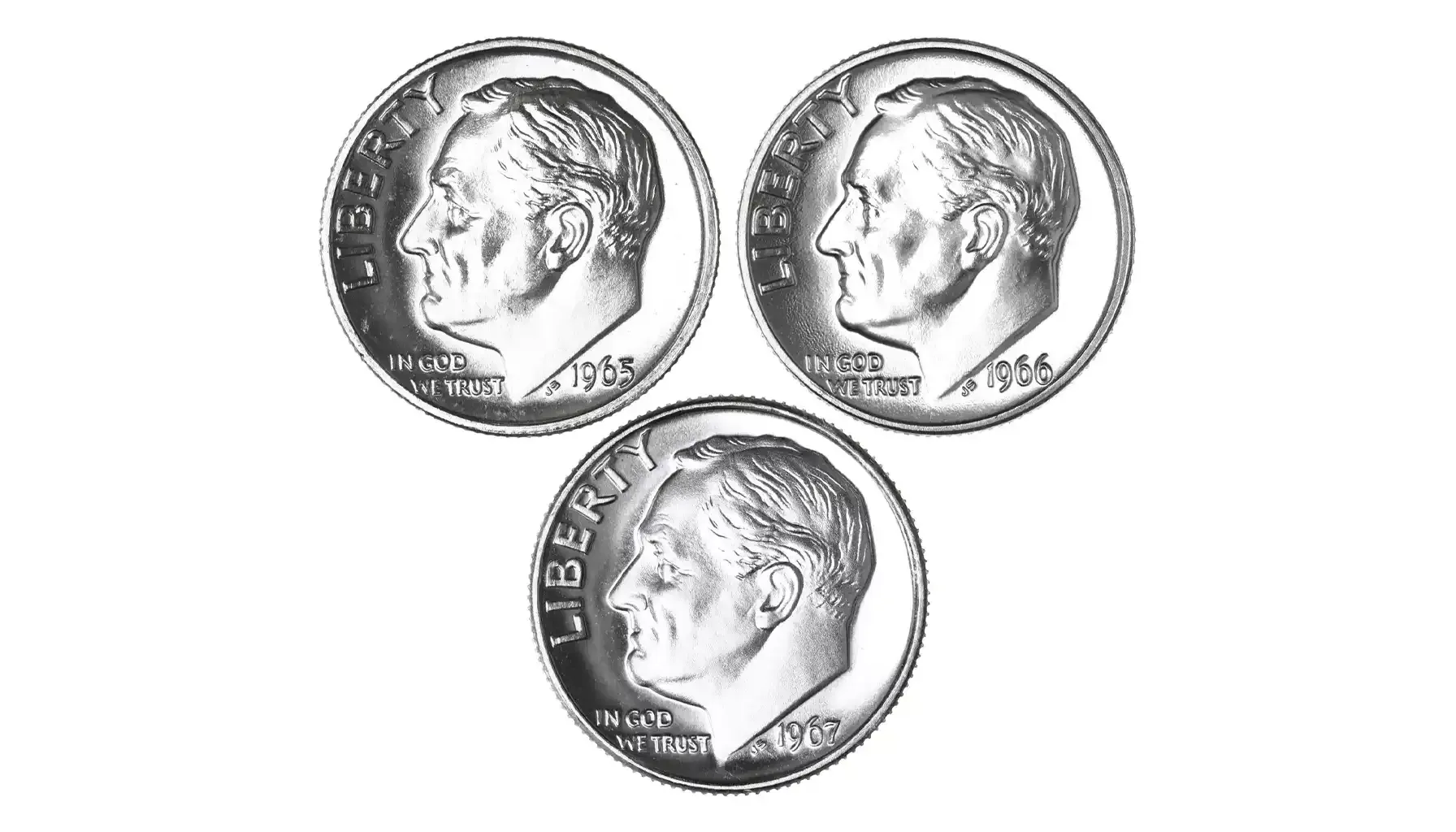
1967 Roosevelt Dime: A Coin in the Midst of Transformation
To understand why the 1967 coin is special, it is worth looking back at the historical events of the mid-60s. During this period, the US faced an economic crisis due to a shortage of silver.
The rapid rise in silver prices in the early 1960s caused citizens to save up and melt down the silver coins that were in circulation. Prior to 1964, dimes, e.g., the 1916 Mercury Dime, quarters, and half dollars were primarily made of silver. But were 1967 dimes the same? Unfortunately, no. Market conditions forced the government to switch to a cheaper copper-nickel alloy for coins from 1965 on.
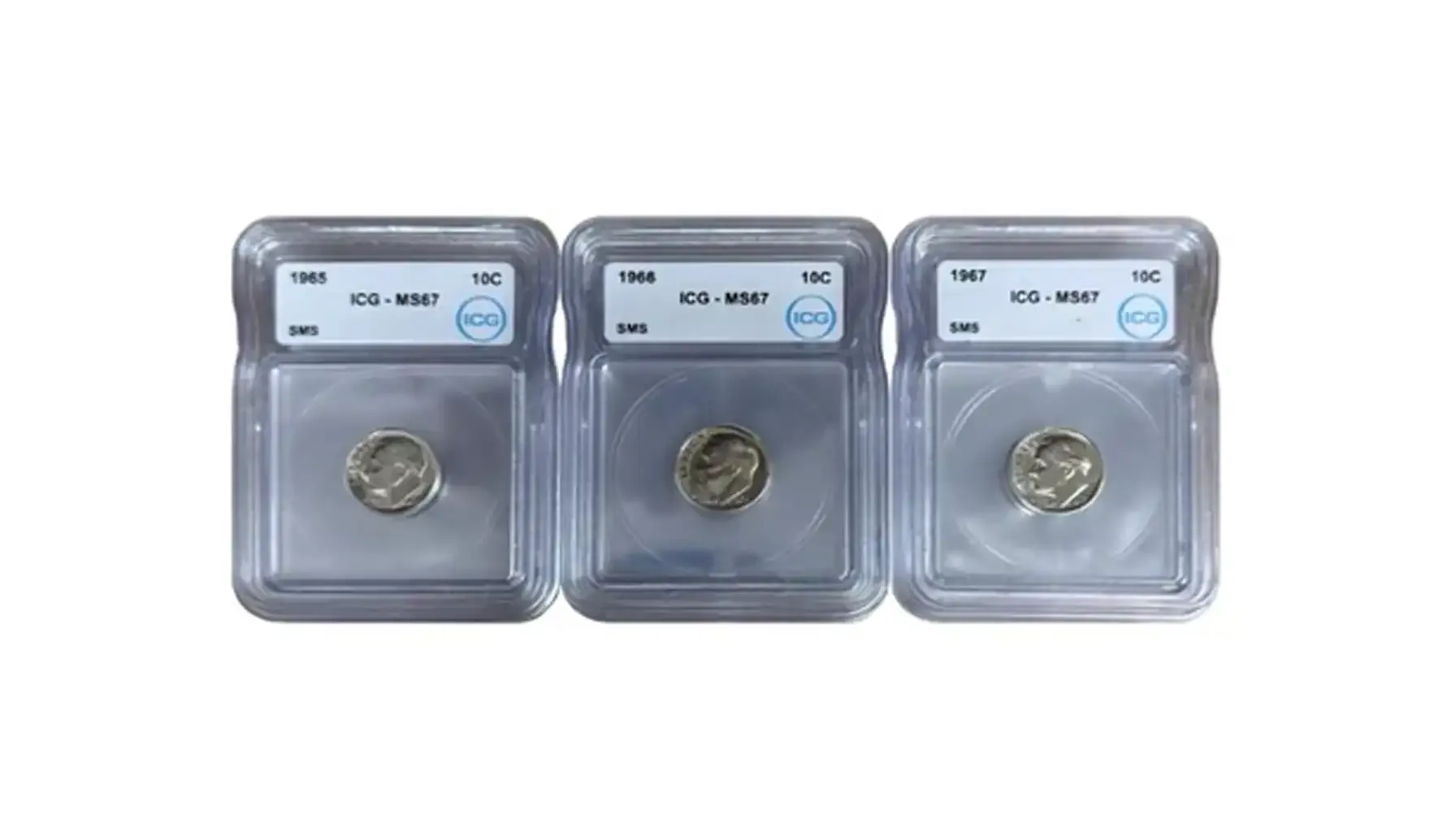
Design and Features: Attention to the Details
1967 American 10C is part of a series known as the Roosevelt Dime, which featured a portrait of the 32nd President and was first issued in 1946 to honor his significant contributions (especially in the area of health care).
Obverse side: It shows a portrait of Roosevelt, a figure known for his concerns for the nation's interests.
Reverse side: The torch in the center of the reverse represents freedom and education, the olive branch on the left is a symbol of peace, and the oak branch on the right symbolizes the strength and independence of the nation.
Despite the change in composition, the 1967 ten-cent coin retains the classic design, where every detail bears its own symbolic meaning.
Related article: More about 1965 Quarters.
The Main Characteristics of the 1967 Dime | |
Composition | Copper-nickel alloy consisting of 75% copper and 25% nickel, with a copper core (typical of all clad coins) |
Weight | 2.27 g |
Diameter | 17.91 mm |
Edge | Reeded (118 reeds) |
Obverse | Portrait of Franklin D. Roosevelt. Along the left edge is the inscription “LIBERTY”, and below the portrait is the inscription “IN GOD WE TRUST” and the date “1967”. |
Reverse | Torch of freedom, olive, and oak branches. Above the torch is the inscription “UNITED STATES OF AMERICA”, and below is the denomination “ONE DIME”. |
Mint Mark | None for all issues |
Mint Mark Mystery: Where Is the Mint Mark on a 1967 Dime?
For those not aware of the numismatic world, the 1967 dime error list could be topped with the 1967 no mint mark dime. But does it really belong to errors? Surprisingly, no. As a rule, the mint mark indicates which mint the coin was issued by: the letter “D” refers to Denver and “S” refers to San Francisco, for example. But what about this case?
In 1967, America was undergoing a period of post-war recovery and societal transformation, a shift that was also reflected in the nation’s coinage. The year 1967 was special for coin collectors for another reason, though. During this time, the government worked to stabilize the monetary system and prevent hoarding in the first place. As a result, the mints did not issue coins with their location marks. No mint mark = no trouble.
In fact, this decision was made to simplify and speed up the minting process. Thus, the 1967 no mint mark dime, along with other denominations, could not escape its fate: from 1965 to 1967, US coins did not have mint marks at all. Since 1967, the mint marks have returned, though some instances issued soon after might have also lacked these emblems.
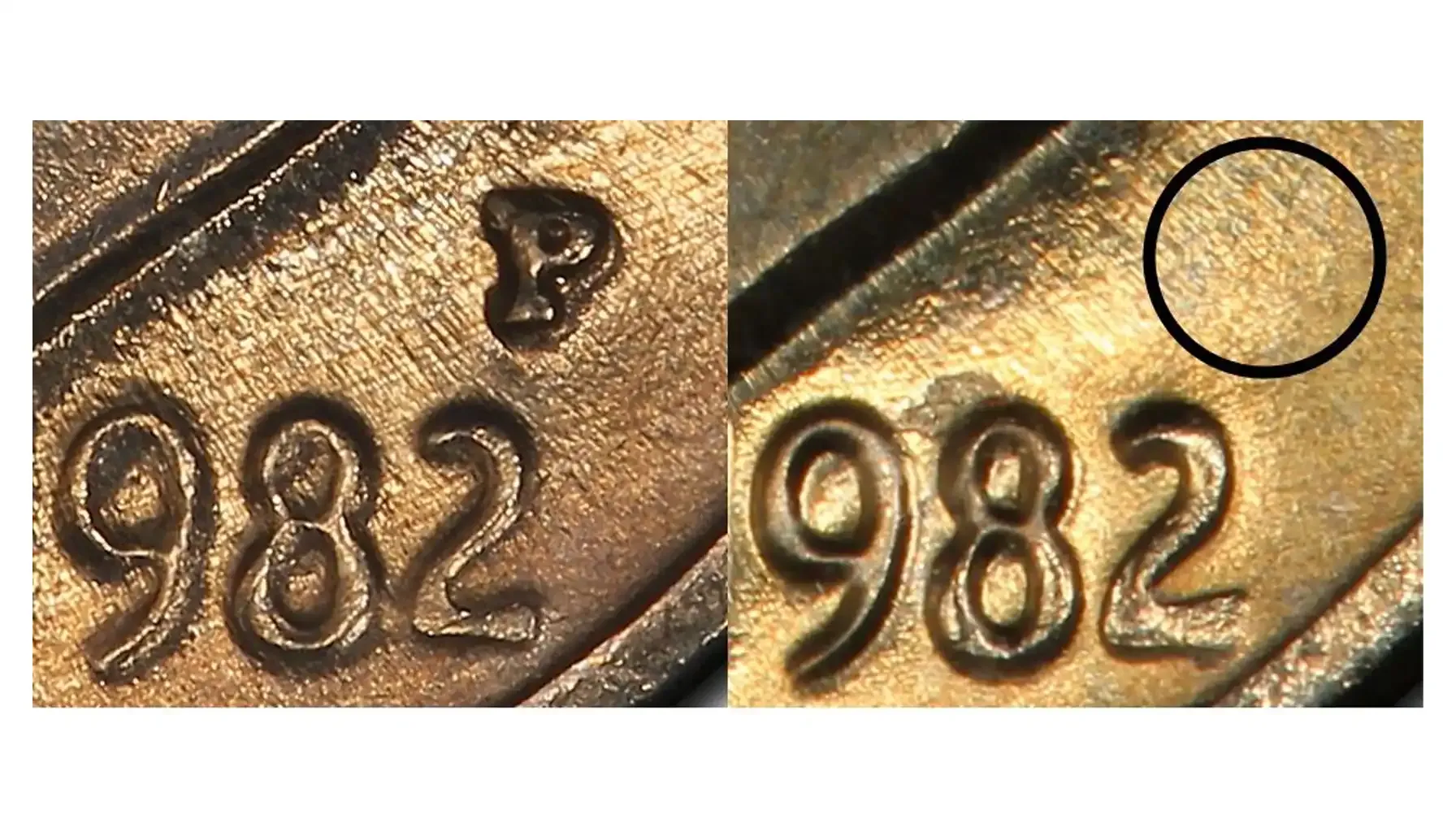
Collect or Spend: How Much Is a 1967 Dime Worth?
Is a 1967 dime worth anything? And what is a 1967 dime worth in general? When compared to other issues, the value of 1967 dimes is significantly lower (especially if the coin was in circulation). Here is the main information about the prices a regular instance may gain when sold by a reputable online auction house or any other related platform as well.
Condition (grade) | Estimated Value |
Good (G-4) | $0.10 - $0.15 |
Very Fine (VF-20) | $0.20 - $0.50 |
Extremely Fine (EF-40) | $0.50 - $1.00 |
About Uncirculated (AU-50) | $1.00 - $2.50 |
Mint State (MS-60) | $3.00 - $5.00 |
Mint State (MS-65 and up) | $10.00 - $50.00+ |
The coin was not part of a limited issue, does not contain precious metals, and cannot be connected to specific events whatsoever. Nevertheless, if we are talking about the Mint State or popular 1967 dime error in the In God We Trust inscription, the value of such specimens may increase.
Collectors should also note that in 1967, the US Mint did not produce traditional Proof coins; however, Special Mint Sets were issued specifically for collectors. Although these coins are not classified as true Proofs, their relative scarcity in high grades and appealing finishes make them highly desirable for those aiming to assemble a complete collection.
Auction Records by Type
1967 10C (Regular Strike)
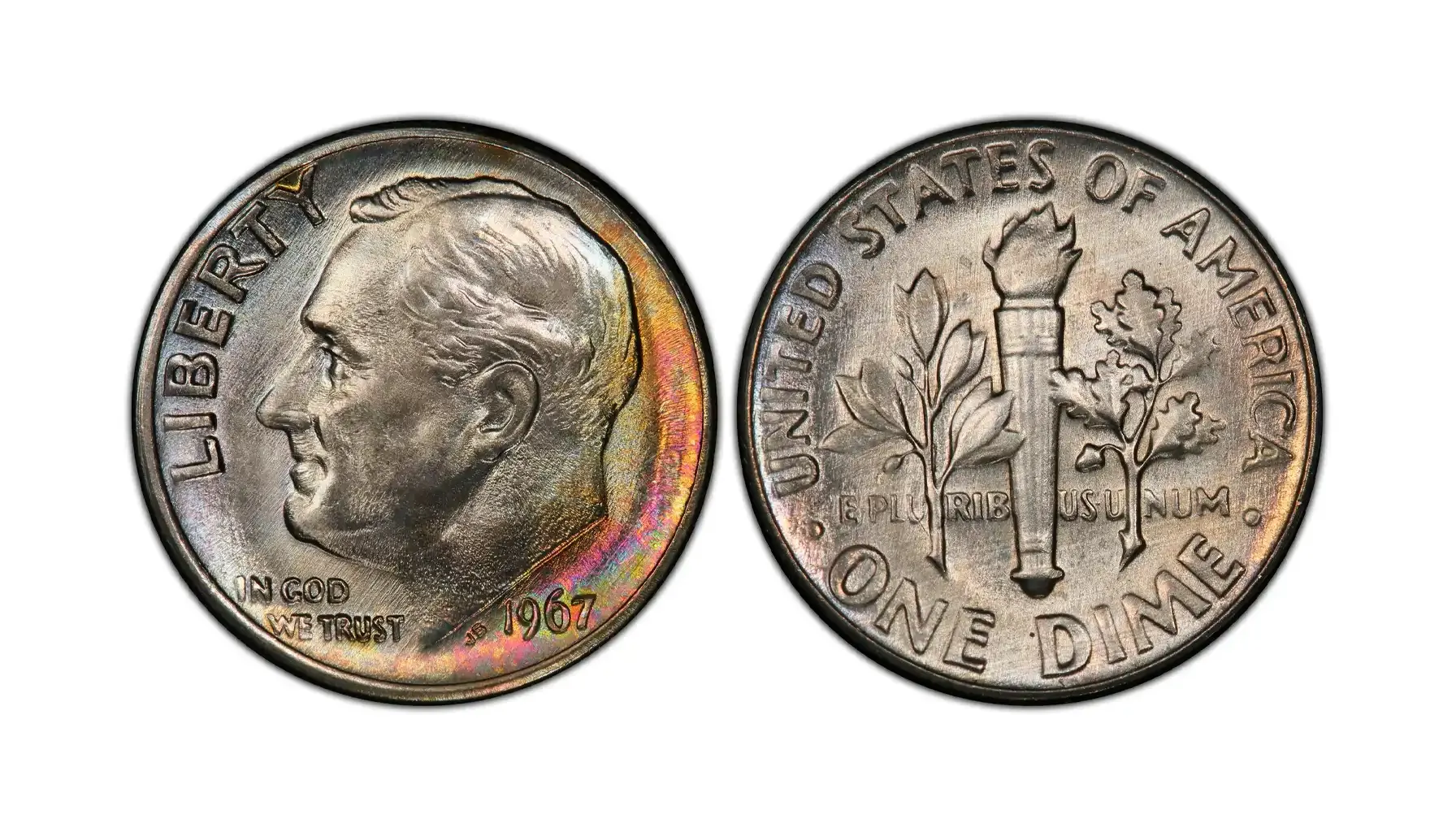
Auction Record: $500
Designation: None
Here is a remarkably well-preserved business strike Roosevelt Dime with the possible MS69 grades that represent the uppermost condition for regular issues, with sharply struck details and exceptional luster.
1967 10C, FB (Regular Strike)
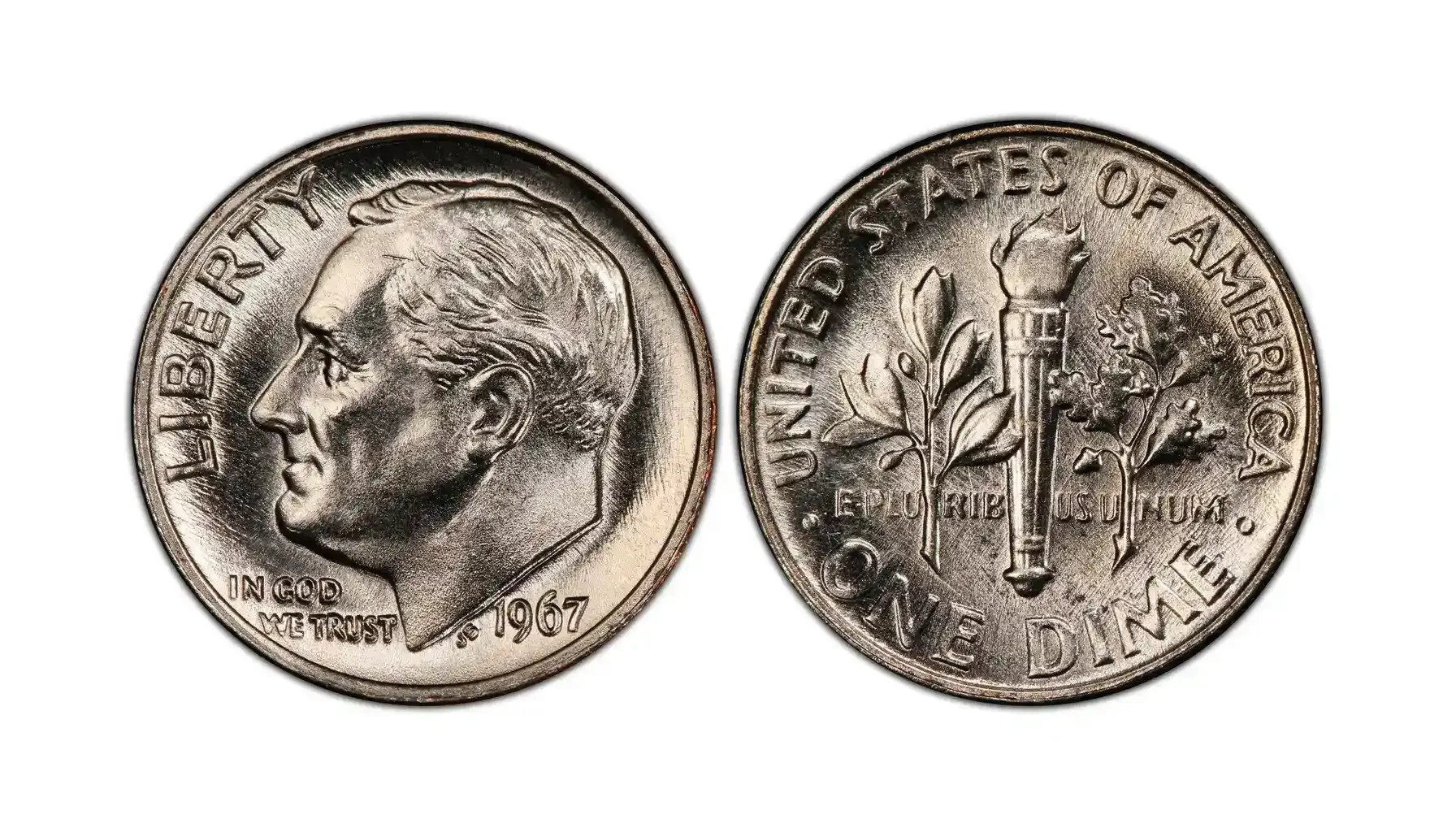
Auction Record: $1,440
Designation: Full Band
This example features the coveted Full Bands (FB) designation, indicating sharply defined horizontal lines on the torch, i.e., a sign of an especially strong and complete strike, rarely seen in circulation issues from this year.
1967 10C SMS (Special Strike)
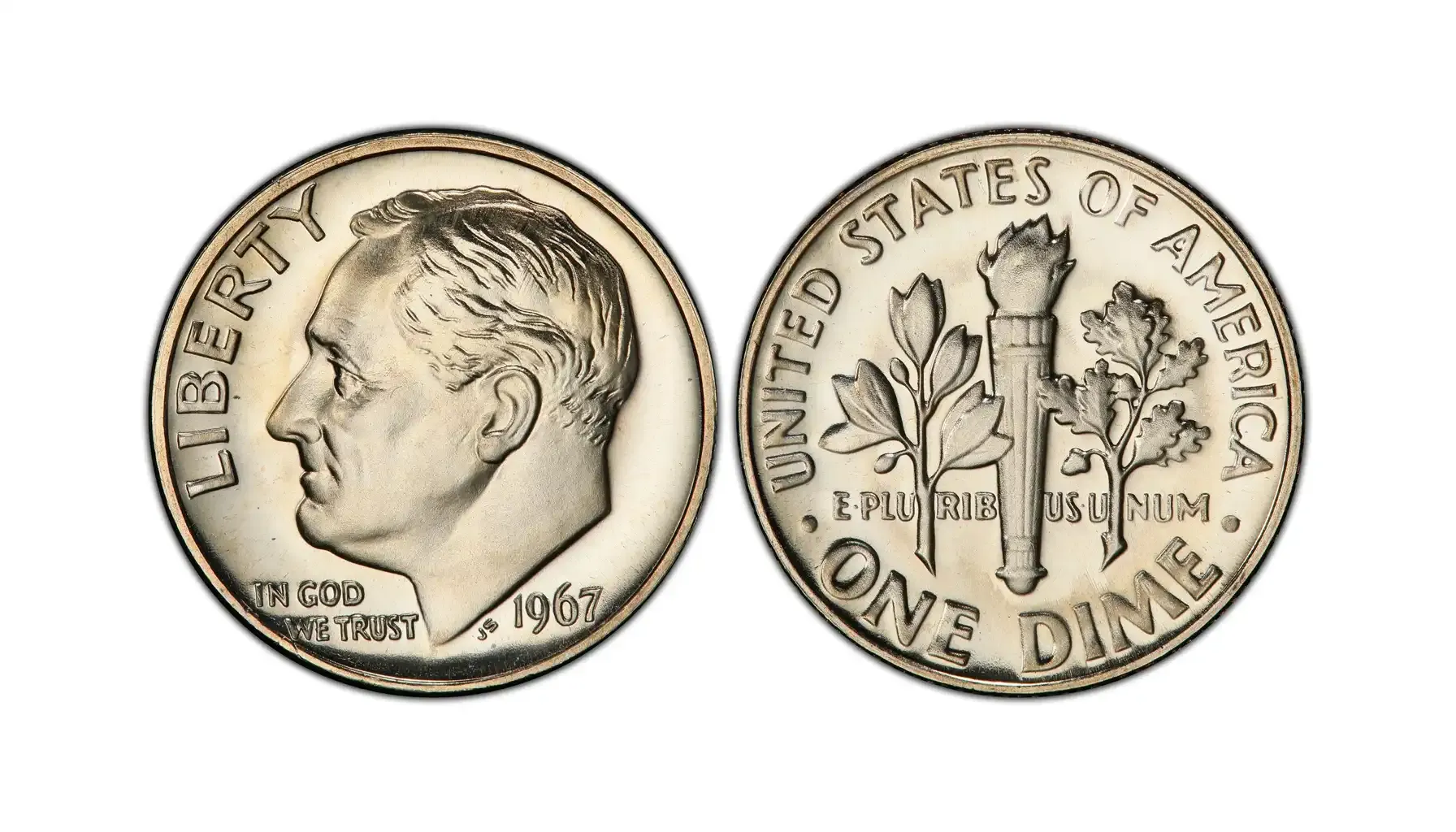
Auction Record: $339
Designation: Special Mint Set
Issued as part of the Special Mint Sets during a hiatus in Proof production, this coin usually boasts a near-perfect SP69 grade with a satiny finish and enhanced detail, characteristic of the unique SMS format.
1967 10C SMS, CAM (Special Strike)
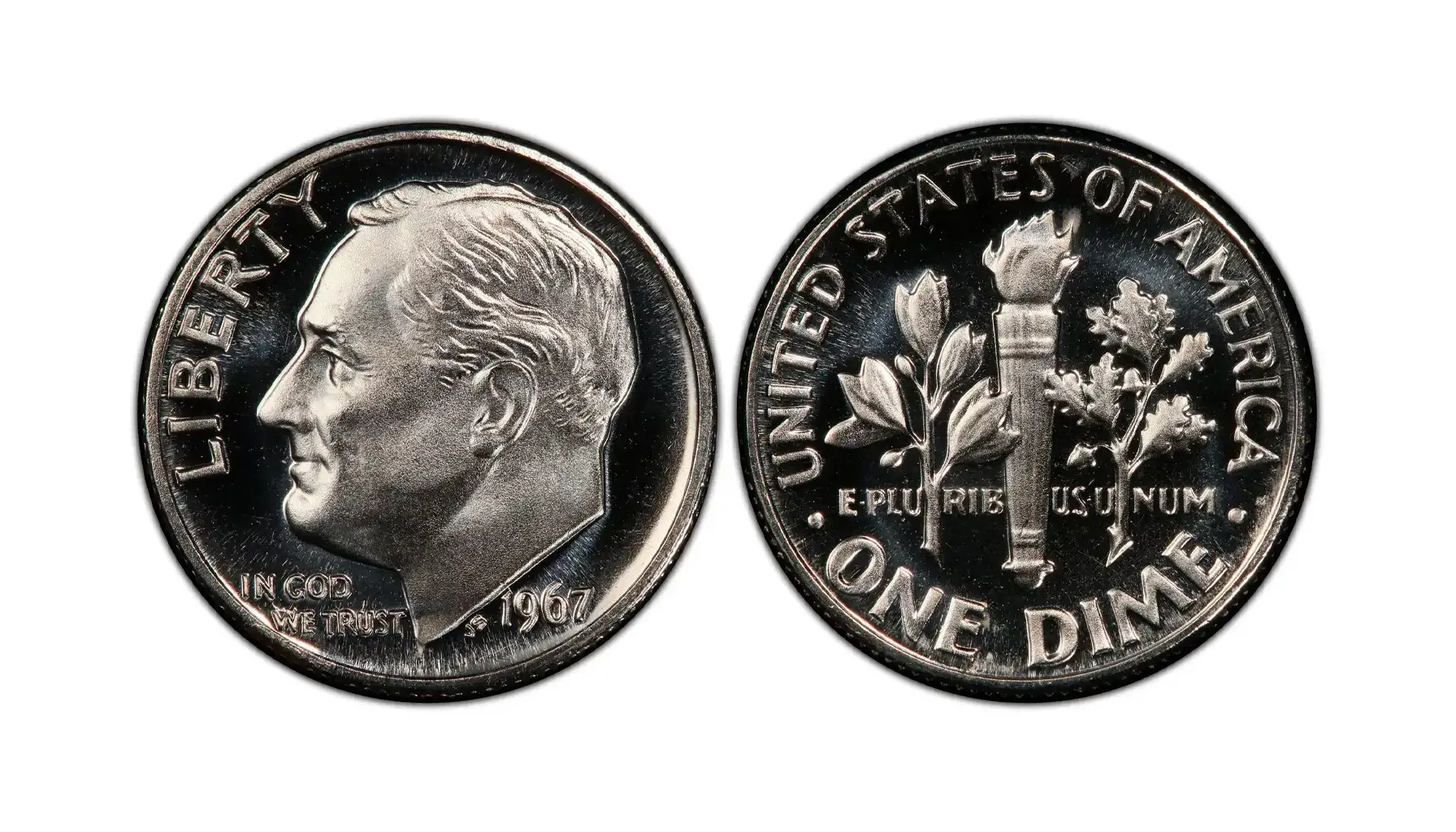
Auction Record: $2,300
Designation: Cameo (Special Mint Set)
This Special Strike 10C coin features a Cameo (CAM) designation with frosted design elements set against reflective fields, i.e., a level of contrast not always achieved in SMS issues.
1967 10C SMS, DCAM (Special Strike)
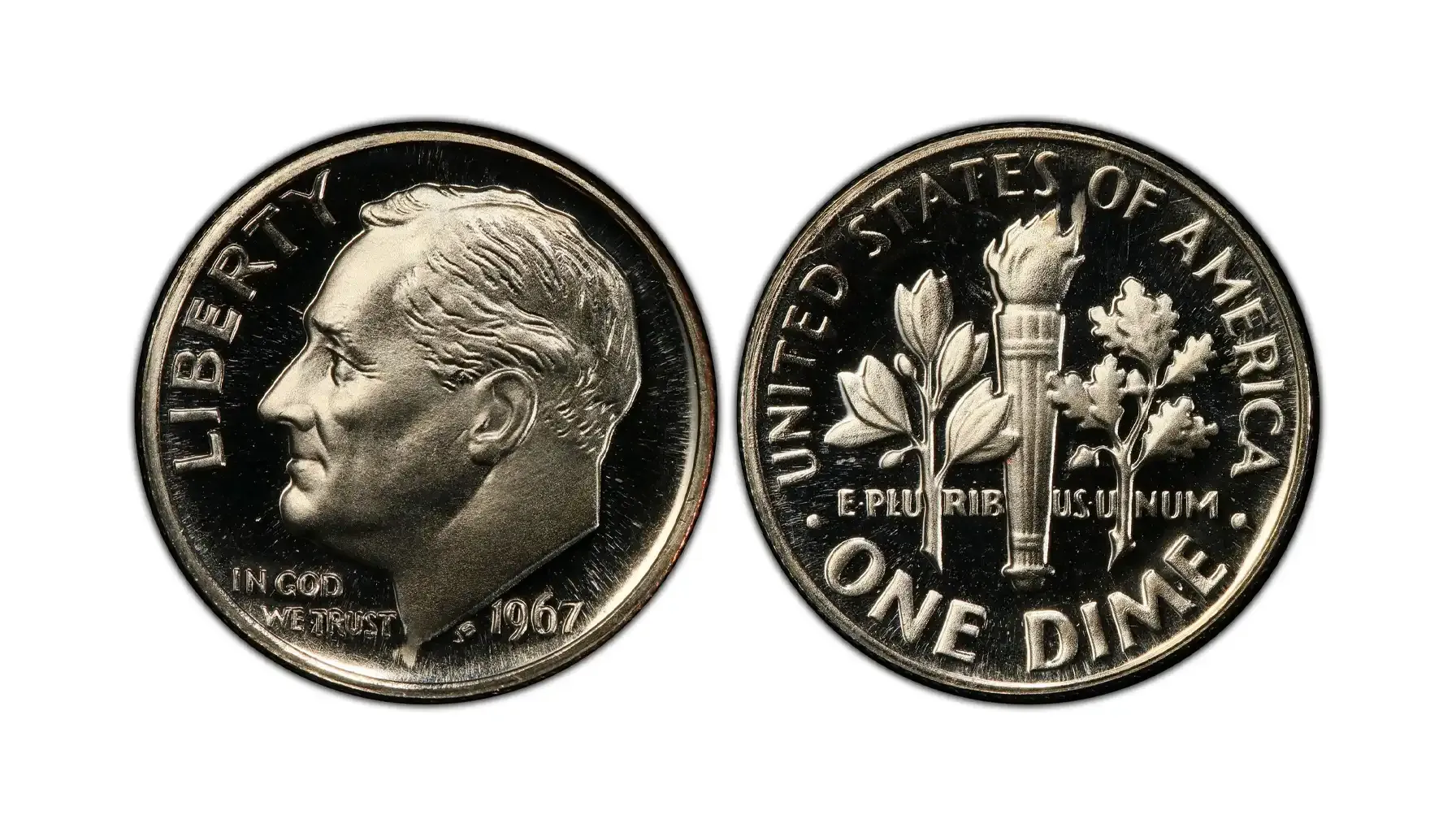
Auction Record: $9,988
Designation: Deep Cameo (Special Mint Set)
Among the finest known, this Deep Cameo (DCAM) SMS ten-cent coin exhibits dramatic contrast between mirror-like fields and heavily frosted devices. Achieving such a high level of finish in a 1967 Special Strike is rare and highly prized.
A Modest Hero
The 1967 dime is an interesting example of the changing period in the US minting history when silver was replaced with a copper-nickel alloy. The coin is a standard circulating coin, and while most pieces are not highly collectible, they may still be of interest because of their historical significance.
Frankly speaking, this coin probably will not bring you a lot of money; it will make a great addition to your collection, especially if you can find specimens from special coin sets. And with Coin ID Scanner, an innovative app designed specifically for numismatists, you can get the best out of this experience on the spot
A Handy Tool for Every Collector
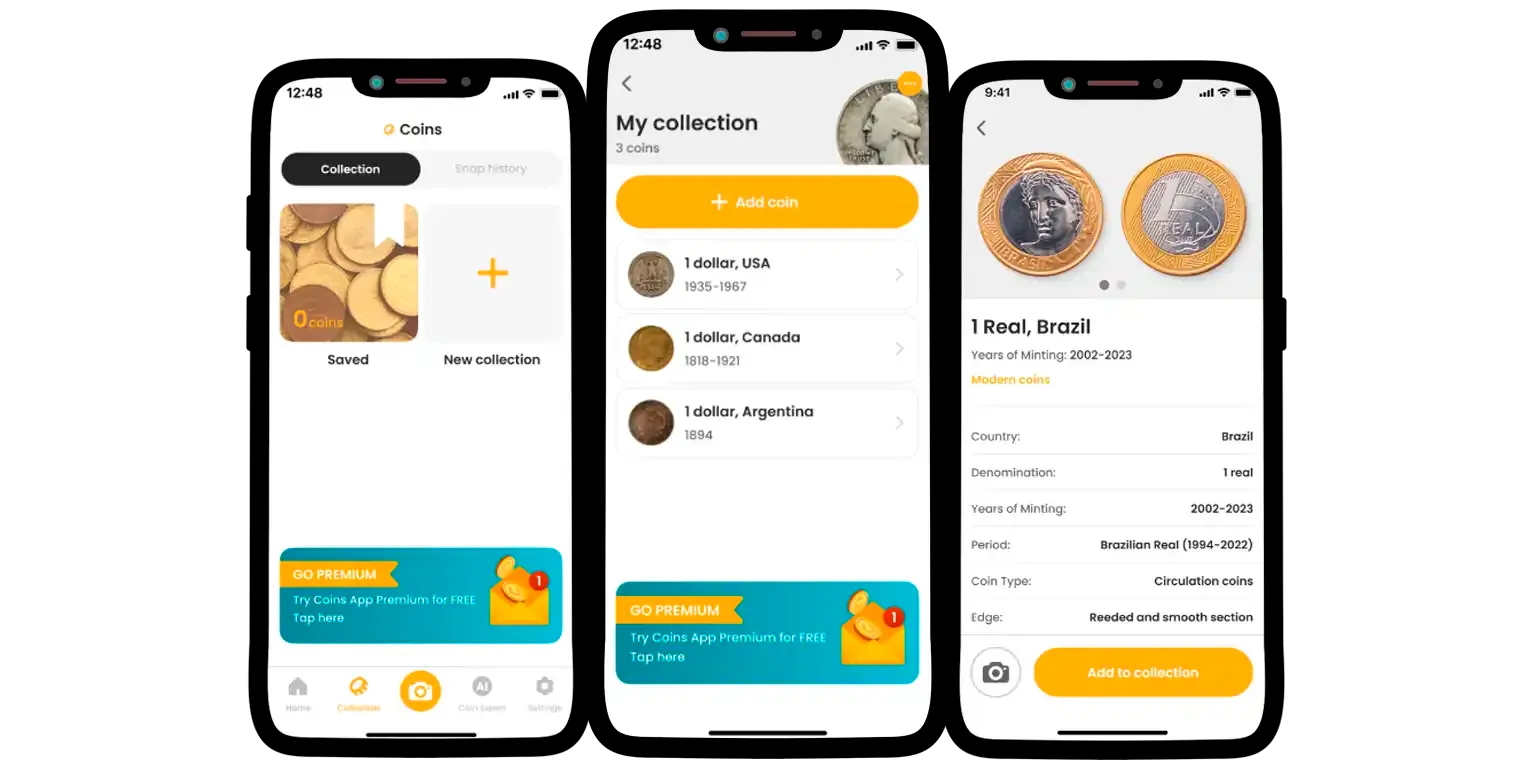
By the way, Coin ID Scanner is a powerful tool designed to help collectors quickly and accurately identify coins using photos only! The software may easily recognize important details such as the date, mintmark, strike type, origin, and type in seconds. Besides, for the convenience of those concerned, it even provides a preliminary estimate of the coin's grade and current market value based on recent auction results and condition analysis.
Coin ID Scanner's intuitive UI and AI-driven technology make it ideal for both beginners eager to learn more and experienced collectors in need of quick access to information when on the go. Identify coins, detect errors, consult experts, and learn more about the current numismatic landscape with Coin ID Scanner now.
And the next time you hold a 1967 dime, remember it carries with it the story of a transformative era, turning it into something more special than just spare change.


